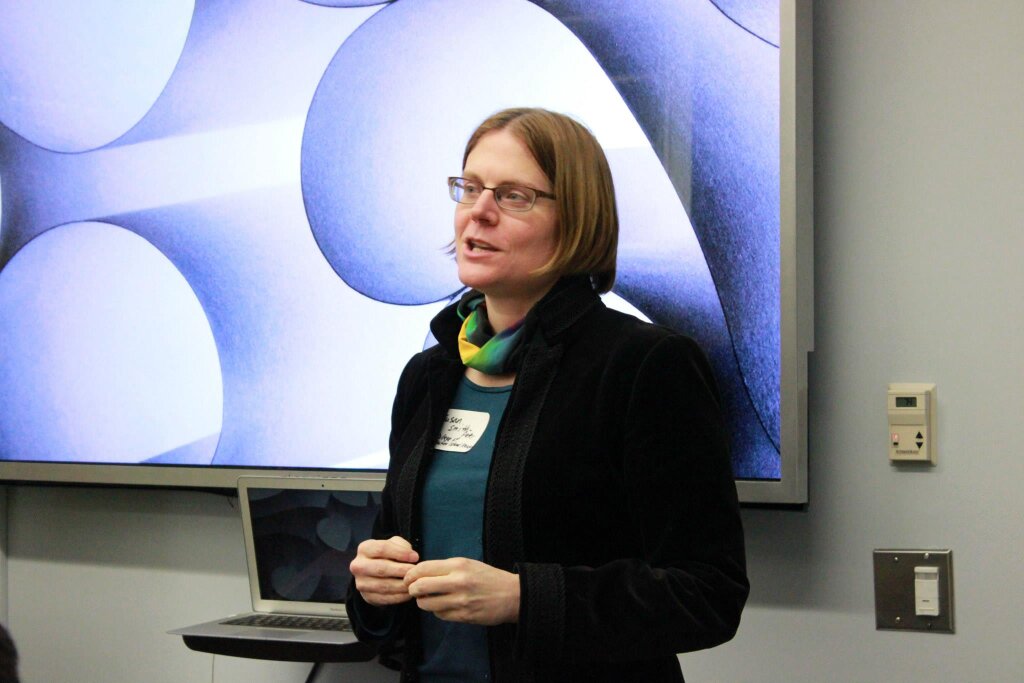On March 21, 2015, the Jordan Center for the Advanced Study of Russia hosted the 36th Annual Meeting of the North East Slavic, Eastern European and Eurasian Conference. Roughly fifty participants came together to present and participate in lively discussions of the day. The conference consisted of nine panels touching on subjects varying from the psychological in Russian art and life, symbolic geography, Soviet film, Polish politics, émigré culture, to post-Communist culture and politics.
Professor Anne Lounsbery, chair of the Russian and Slavic Department at New York University, served as keynote speaker for the event, presenting some of the ideas about Russia’s symbolic geography that animate her forthcoming book. By comparing the American land ordinance drafted by Thomas Jefferson and a Russian 19th century map, Lounsbery revealed that while American geographical imaginary was based on a grid system, the Russian symbolic space was imagined as a series of concentric circles. “The further away you move from the capitals, the more things fall apart,” Lounsbery noted. This contrast pointed to the difference in political imaginary of the two nations: a grid system that has no center and no place that is more important than any other particular place establishes a political arena in which rights and opportunities are identical for all. By contrast, in Russia, the symbolic geography based on a dichotomy between center and periphery signals an extreme centralization of the state.
Lounsbery remarked that provinciality is a modern phenomenon in its forms of governance and consumption: the provincials are the ultimate imitators. In her opinion, the Russian center’s deep anxiety about the provinces points to Russia’s own provincialism in ways that it attempted to be both modern and western through imitation. Therefore, provincialism reveals the fear of interrogating Russianness itself.
Lounsbery also commented on the importance of a new direction recently developed in academia, which explores Russian regionalism. She feels that these studies could productively break away from the dichotomy of center and periphery.



